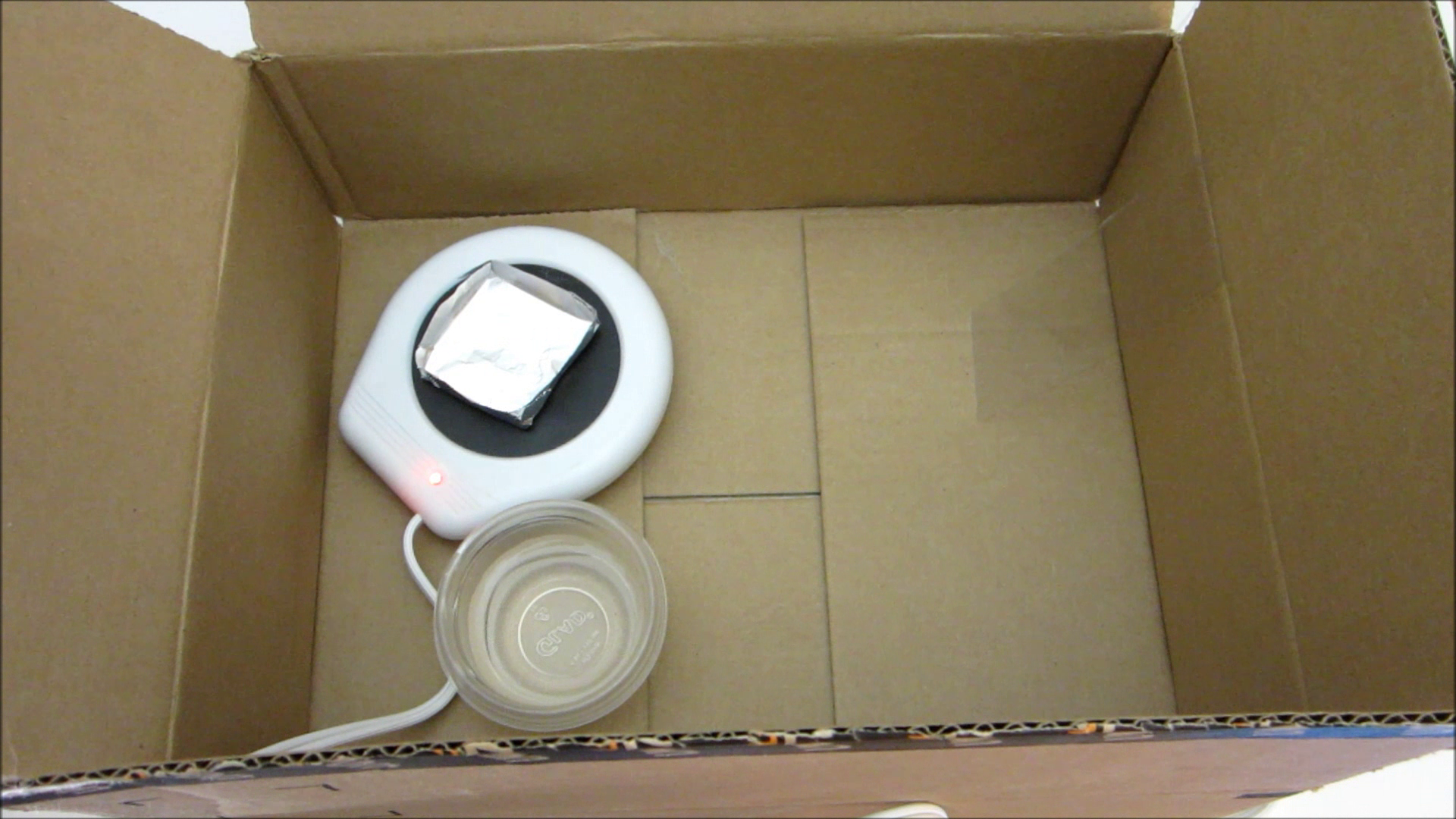Almost any closed container can be used to house the fuming process. However, here are some features that are good to have.
1. Air tight seal: Super glue fumes are toxic. So ideally, you want to keep them completely contained in the box. If this is not possible, you may want to tape the edges closed. And always be sure to set up your system in a well ventilated area.
2. Clear sides: You will want to check on your sample periodically. You don’t want to under develop or over develop your prints. It is much easier to check on the prints if your container has clear sides. That way you don’t have to keep opening and closing the container.
3. Just large enough for the sample, the heater and the water tray: If the container is much larger, it will take longer for the super glue fumes to spread and make contact with the sample. An appropriately sized container will help the prints develop faster and more clearly.
4. Convenient power cord access: You need a way to power your heater. So it is nice if there is a convenient way to feed the power cord into the container.




















